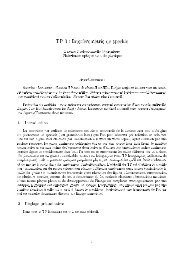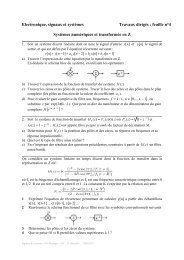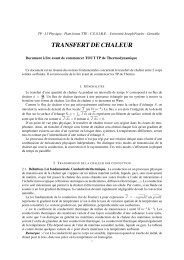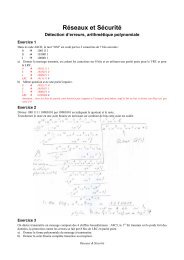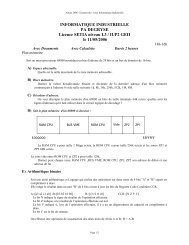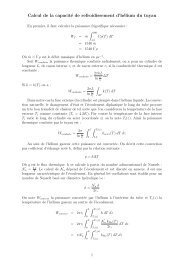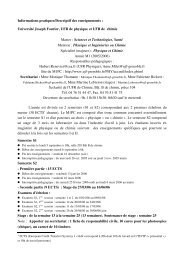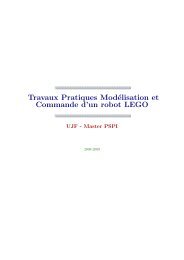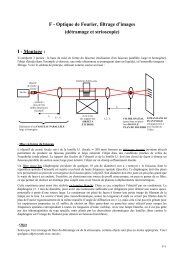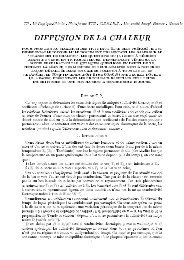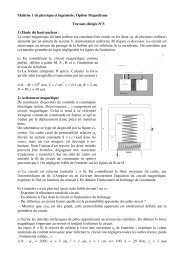Chapter 4 SINGLE PARTICLE MOTIONS 4.1 Introduction
Chapter 4 SINGLE PARTICLE MOTIONS 4.1 Introduction
Chapter 4 SINGLE PARTICLE MOTIONS 4.1 Introduction
Create successful ePaper yourself
Turn your PDF publications into a flip-book with our unique Google optimized e-Paper software.
4.3 Time Varying Fields 101withD = ε 0 E − 1iω j= ε 0 E − 1 ↔σ Eiω↔= ε 0 εr E≡ ↔ ε E (4.62)where↔ε= ε0( ↔I+iε 0 ω↔σ)(4.63)is the dielectric tensor, ↔ I is the unit tensor and the conductivity tensor is givenby Eq. (4.53). We can now derive the wave equation in a plasma:∇×E = − ∂B∂t∇× ⇒ ∇×∇×E = −µ 0↔ε Ë. (4.64)The solution is examined in later chapters.4.3.3 Slowly time varying magnetic fieldGenerally speaking, the magnetic field acts perpendicularly to the particle velocityand no work is done so that the change in kinetic energy of the particlemight be expected to be zero when the field strength changes. However, when∂B/∂t ≠ 0 there is an associated induced emf which acts on the particle orbit:∇×E = − ∂B∂t . (4.65)Assuming the rate of change of B is small compared with ω c [i.e.(1/B)(∂B/∂t) ≪ω c ] then the work done on the particle during a cycle can be evaluated over theunperturbed particle trajectory. Now work done equals change in kinetic energy,so∫δ(mv⊥/2) 2 = F.dl∮= q E.dl∫= q ∇×E.dS= −qS∫S∂B∂t .dS= |q | ∂B∂t πr2 L (4.66)




